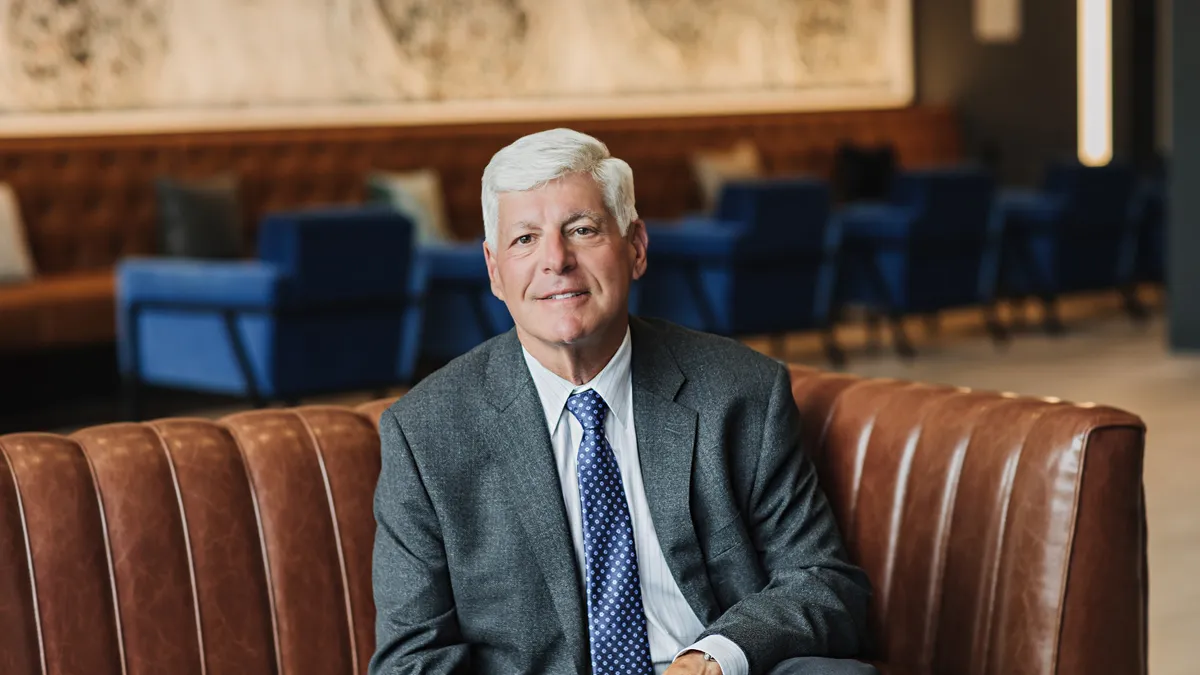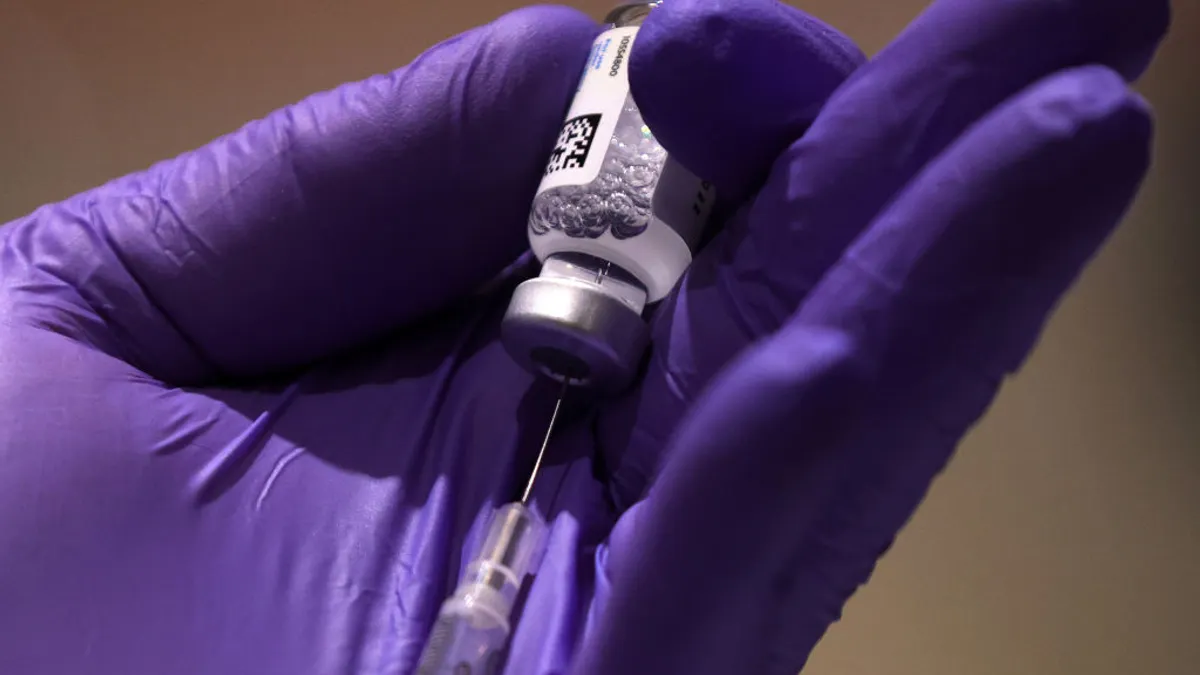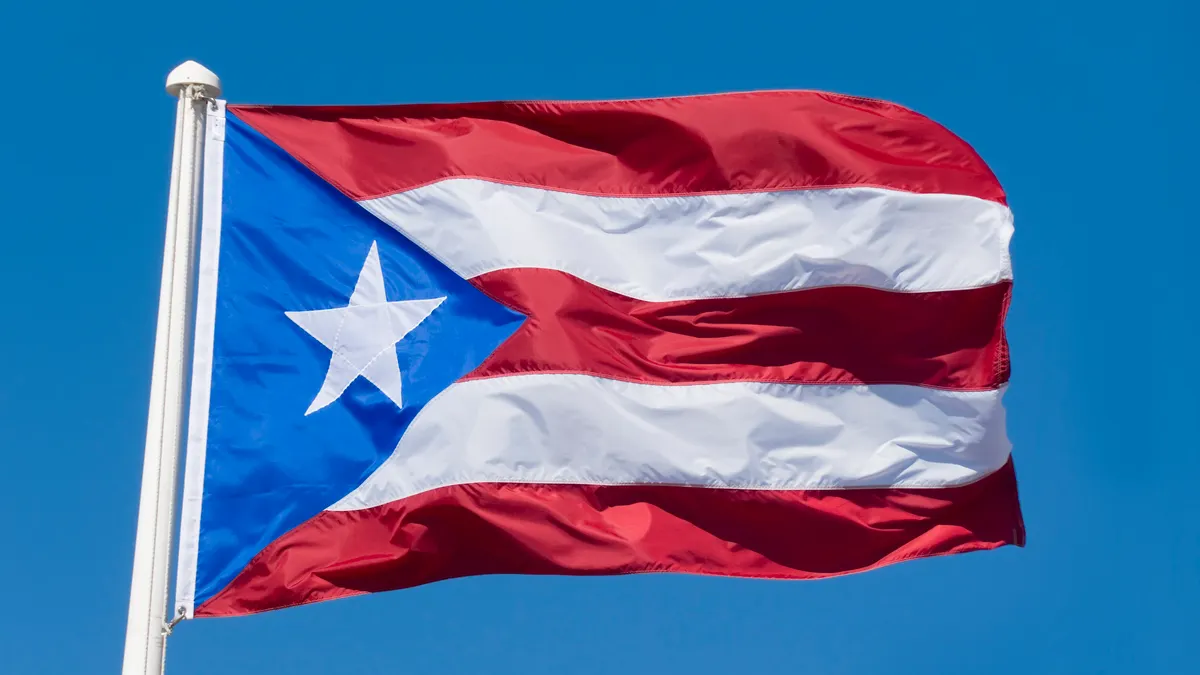California life sciences companies have been busy. From the approval of Amgen’s potential first-in-class lung cancer blockbuster Imdelltra to the $100 million gene editing deal that California-based Mammoth Biosciences inked with Regeneron Pharmaceuticals to Gilead’s unprecedented HIV clinical results, the state remains a major hub for biopharma innovation.
These developments are just a small part of California's life sciences industry, which in 2023 supported 1.24 million jobs, more than $128 billion in labor and sole proprietor income and $414 billion in economic output.
“California, in life science, sets the pace for the rest of the country and the rest of the world,” said Joe Panetta, president and CEO of Biocom California, an association representing the state’s life sciences industry with more than 1,800 member companies.
And where California goes, the rest of the sector often follows.
California was the first state to enact a law allowing it to produce its own generic prescription drugs; the first state to require drug manufacturers to provide advance notice of steep price increases; and among the first states to pass a prescription drug price transparency law. Now, it’s looking to rein in PBMs, just as the FTC is suing the three largest PBMs for practices the agency says artificially inflate the cost of insulin.
Panetta has led Biocom California since 1999 and is wrapping up his tenure at the end of this year, passing the reins to biotech industry veteran Tim Scott.
Here, Panetta talked about California’s pharma and biotech industry landscape, its strengths and weaknesses, as well as current and emerging hubs, and the industry’s future in the state.
This interview has been edited for brevity and style.
PHARMAVOICE: How would you characterize the California life sciences sector?
JOE PANETTA: It goes without saying that it's the largest, most innovative, most forward looking, unique life sciences cluster anywhere. The culture of California has always been forward thinking, ahead of the curve. You only have to look at examples like our creation of the California Institute for Regenerative Medicine 20 years ago.
There are two large biotech centers here [San Diego and the San Francisco Bay Area], and a third that's up and coming [Los Angeles], and all three are located in major metropolitan areas. Together, they create a multiple-cluster region that isn't replicated anywhere else, and each has a wealth of prominent universities and research institutions.
Where are the state’s current strengths and weaknesses?
In terms of strength, when we look at cell and gene therapy, stem cell research and the development of regenerative medicine therapies and products, California clearly leads the way.
Another area where California leads the way is in digital technologies and the convergence of high tech and life sciences to develop more efficient processes for finding candidate therapies, engaging patients in clinical trials and creating more efficient research and development programs.
Another strength here in California is the workforce, the ability … through our research university system and our other universities, to be able to cover the entire gamut of workforce needs for biotech, from the research scientists to the computer engineers [who] do the analytical work to the workers in manufacturing facilities, and even to the point where we've got three programs now to develop people on the management and administrative side across the state.
On the weakness side, California is an expensive place. It’s expensive to do business here, expensive for people to live here. Regulation in California is a huge burden on industry. It's difficult to build facilities here because of some of the zoning laws. It makes it a challenge to be able to do business in California.
California has several hubs, including the Los Angeles area. Can you talk more about each of those?
If you look at each of these hubs, they're different, and yet they provide a unique contribution to the industry. The Bay Area has evolved to become at least five or six mini life sciences clusters. They differ in terms of their contributions. Go to the East Bay … and they contribute more to manufacturing. On the peninsula … it's more focused on research and development. They have some large, more established life sciences companies in the Bay Area, like Genentech and Gilead.
San Diego still is a cluster where, more than anything else, we're able to be successful in creative, innovative, early-stage companies and incubating those companies. I think a lot of that has to do with the fact that in San Diego, we've got the combination of UCSD and the San Diego Biomedical Research Institute, and a number of research institutions, like the Salk Institute, Scripps Institution and several others.
Los Angeles is a very young life sciences hub. We went to the county of Los Angeles less than 10 years ago to develop and grow its life science cluster. One of its big strengths is that it is an international city with an international reputation, and … it has some pretty prestigious research institutions like Cedars-Sinai Medical Center and City of Hope. There's also UCLA, which is the No. 1 public university in the country, and Caltech. There’s a lot of hope and promise in LA.
The challenge in LA is that they don't have experienced talent, they don’t have the investment capital and they don't have the real estate. So that's all something the county of Los Angeles, Biocom [California] and our other partners, such as the [Los Angeles County] Economic Development Corporation, are working to develop.
But LA has the ability to become a pretty prominent biotech cluster. In fact, LA brings in as much [or more] research grant funding from the National Institutes of Health … than we do here in San Diego.
As you’re wrapping up your tenure with Biocom California, what excites you about the future?
From the day that I started in this industry … it's always been about getting to the point where we not only treat disease, but we're able to cure disease. That's what I'm excited about more in the future. We're beginning to see some therapies now that could actually cure disease.



















